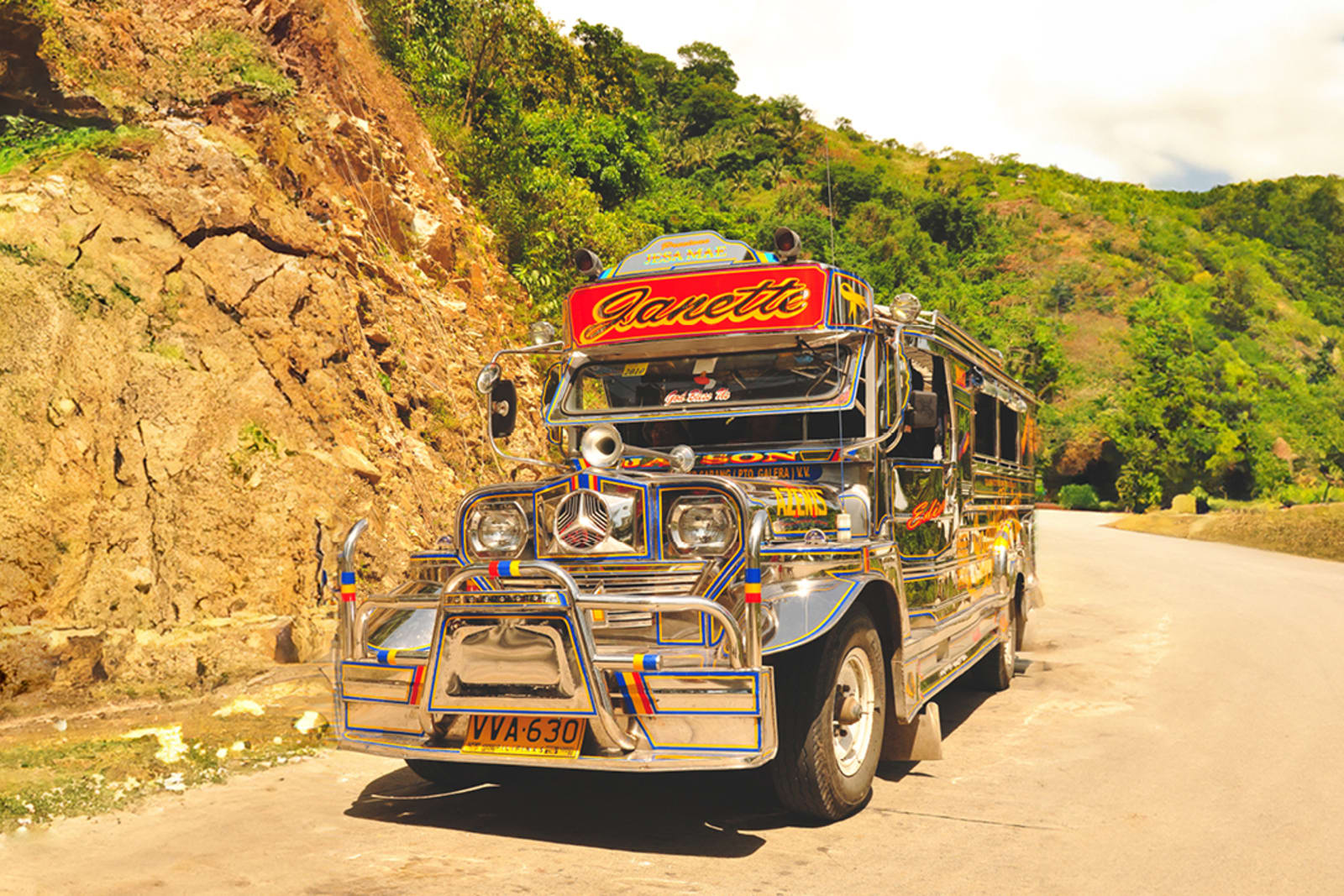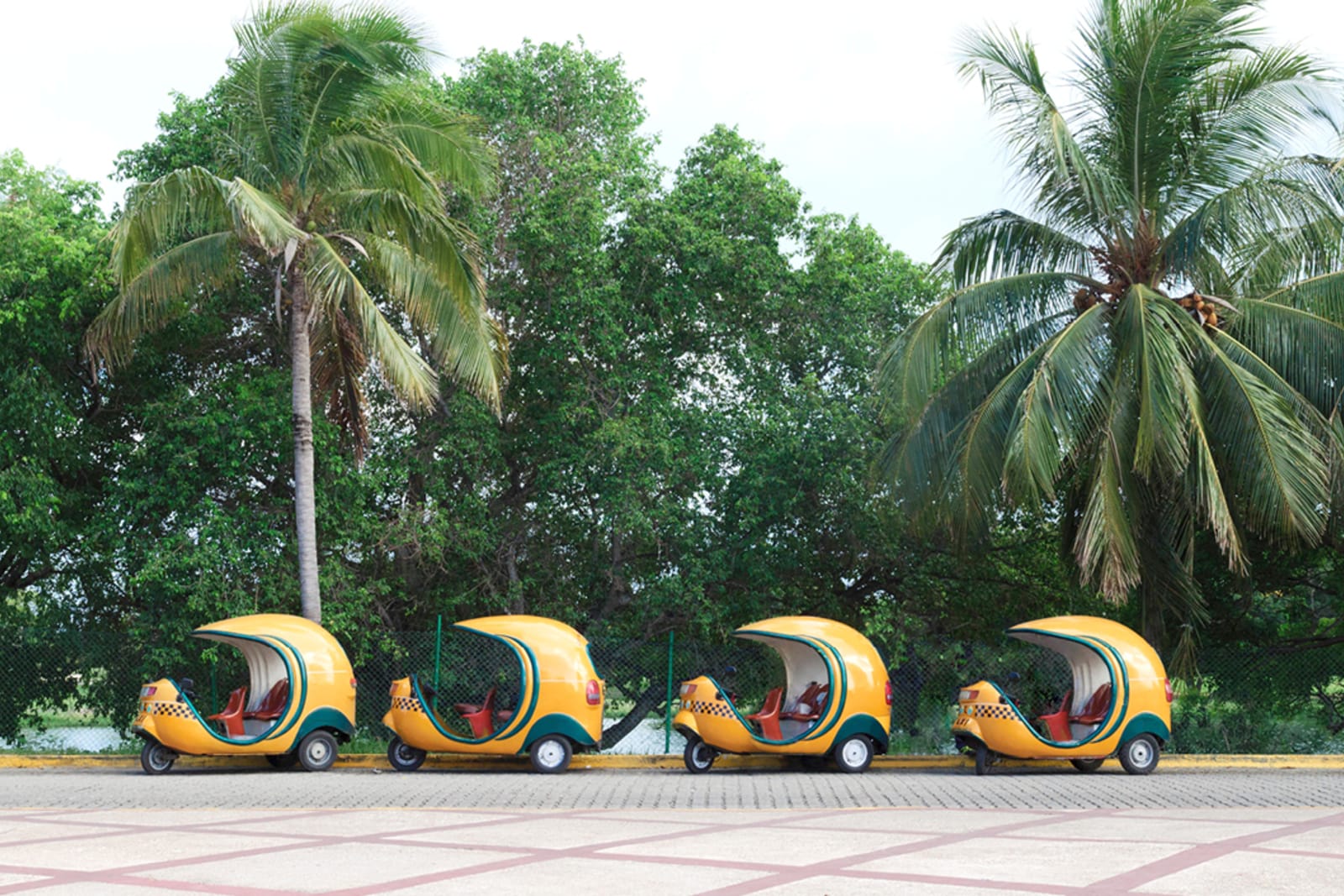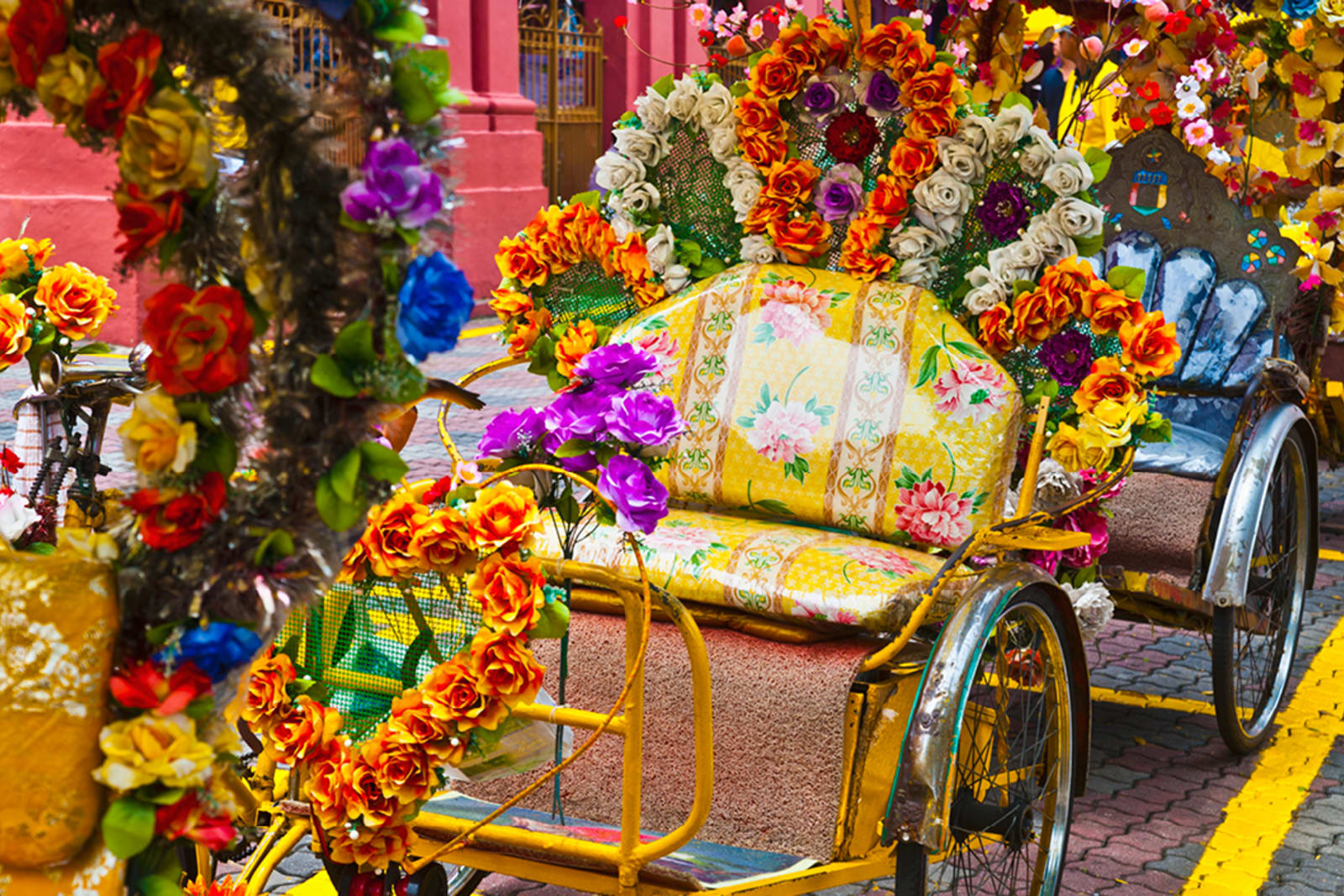10 Weird and Wonderful Modes of Transportation Around the World
From racing down a narrow street in a wicker toboggan to soaring above a city on a suspended monorail, these are some of the most unique ways to get from point A to point B during your travels.


Senior Content Writer
From racing down a narrow street in a wicker toboggan to soaring above a city on a suspended monorail, these are some of the most unique ways to get from point A to point B during your travels.
Help & support
© Flight Centre Travel Group (Pty) Ltd. Registration No. 1994/000253/07.
*Travel restrictions & conditions apply. Prices are in ZAR and are correct as at the date of publication & are subject to availability and change without notice. Prices quoted are on sale until the dates specified unless otherwise stated or sold out prior. Prices are per person. We charge an Online Booking Fee for flight bookings made online. These fees are charged in addition to the advertised price and displayed fares. View Booking Terms and Conditions for more information.












